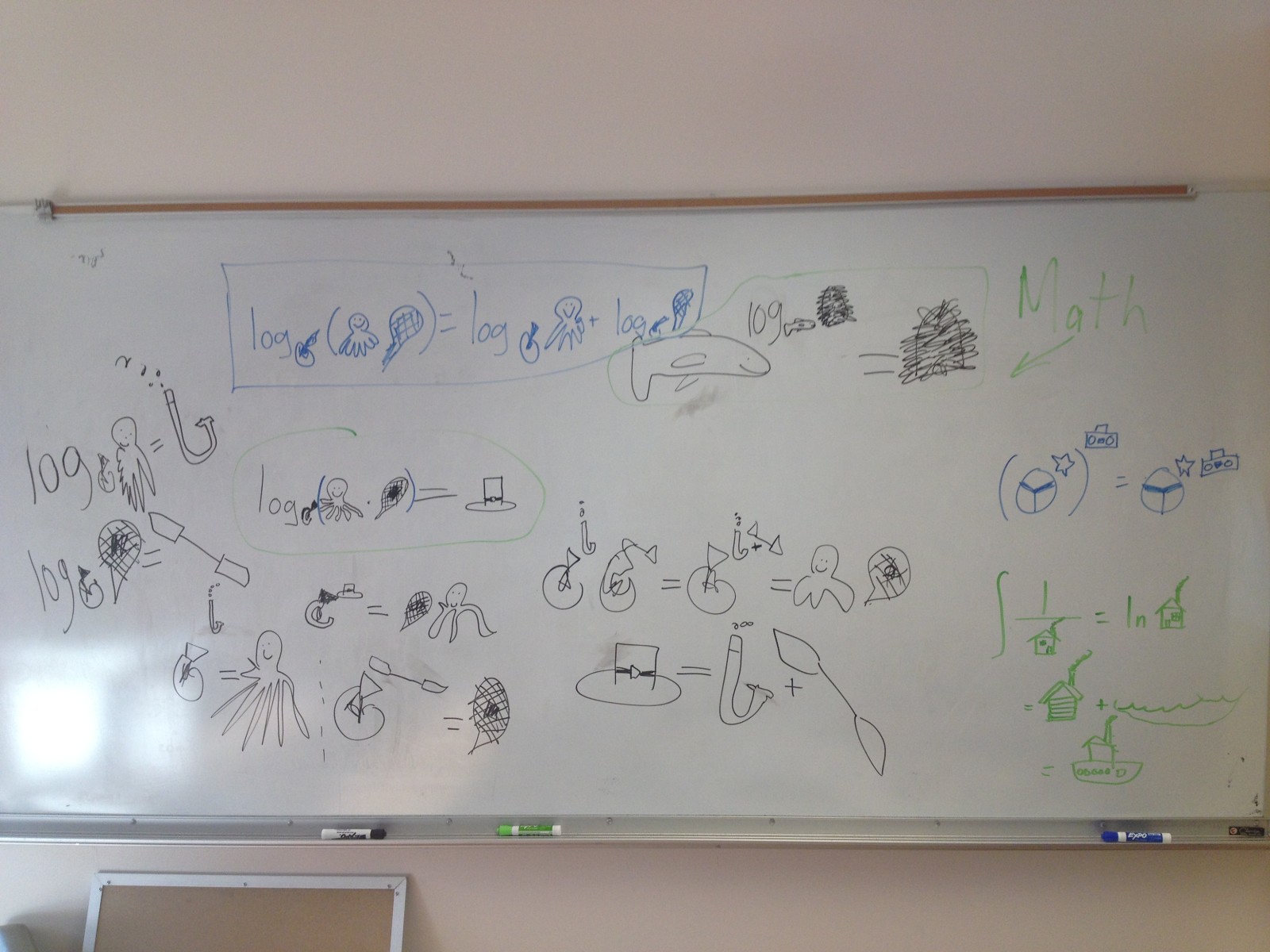Justifying properties of logarithms
When I took high school pre-calculus, logarithms may have been the topic I retained the least of. It didn’t help that I couldn’t find any applications of the material. It wasn’t until my university-level geochemistry class and personal finance exploration that I realized what a powerful tool logarithms could be. Logarithms are used as the inverse of exponential equations: they allow us to solve for unknown values in the exponent of an equation. This becomes valuable in knowing when an interest-earning account might reach a certain balance, if and when potassium chloride will precipitate out of an evaporating solution, or understanding energy differences between two earthquakes or two noises.
This is one unit where I take great pride in teaching both the mathematics and the utility of exponential and logarithmic relationships. Before we can use the equations, we must first understand and be able to manipulate them. These properties of logarithms contradict many students’ intuition, so we spent a day figuring out the properties for themselves. To keep it interesting, we did so without numbers or letters. Instead we represented different variables with arbitrary drawings, like a snorkel, and octopus, and a snowshoe.

In part, this made for one of the more amusing class periods of the semester. But furthermore, the difference between a fish and a pine cone is much more visual than the difference between a and d. We were able to reduce the confusion of which letter is which and work on exploring different ways of describing the relationships between each variable. The punchlines of the day: “Fish to the (log base fish of pinecone) power equals pinecone.” And “Log base tuba of (octopus times snowshoe) equals log base tuba of octopus plus log base tuba of snowshoe.” A paddle played into it somewhere and we discovered tubas are very difficult to draw.
-Dan Thurber, Math Teacher
